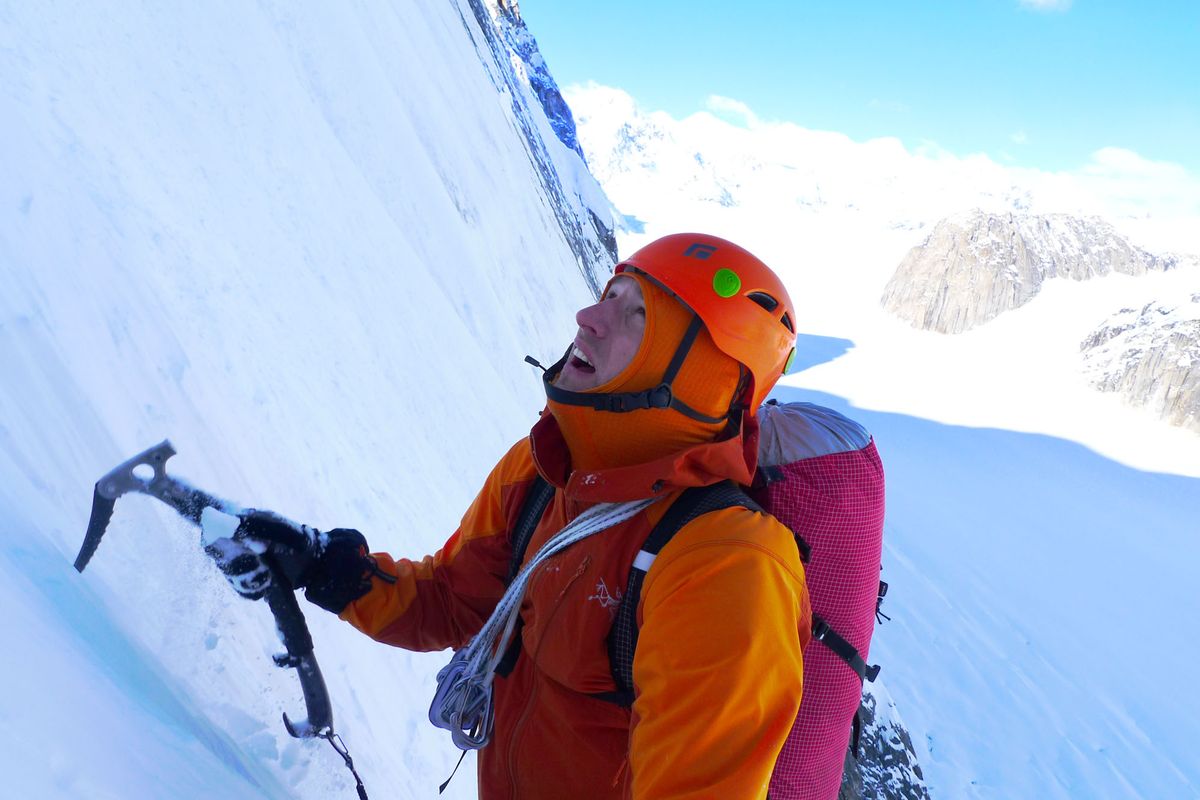Roskelley learns to zero in on slim window for climb

Ten years ago, a 20-year-old Jess Roskelley had all sorts of modern technology at his fingertips when he seized a moment of fame as the youngest American to climb Mount Everest.
Music on his iPod helped soothe the Spokane climber, as did his father, John Roskelley, through long periods in tents as they waited for better weather. A satellite phone and laptop allowed them to blog and communicate around the world.
But not until last year did Jess embrace another way to approach climbing using the information high-tech tools could provide.
It’s called “smash- and-grab” climbing, a concept, perfected by Alaska climber John Frieh, that helps alpinists zero in on the perfect window of conditions, Roskelley said.
Smash-and-grab calls for monitoring weather, snowfall, snowpack, ice conditions and other factors in a certain area to peg the best moment for getting in fast, climbing quickly and getting out just as fast while conditions are prime.
Other necessary factors include being fit, packed and ready to go and having an equally committed partner.
“The benefits dawned on me last year as I was doing a typical alpine climb in the traditional manner,” Roskelley said. “I was sitting there on Mount Hunter (near Alaska’s Mount McKinley). I was sitting there for two weeks waiting for the right weather window – and I never got it.”
Roskelley said he made a point to contact Frieh, who has made a mark in climbing circles. Since his first trip in 2009, Frieh has climbed at least one significant first ascent or first winter ascent each year in Alaska using smash-and-grab techniques.
“John is a climber, but he’s also a father with a job,” Roskelley said. “He’s especially successful because he’s extremely good at figuring out weather and snowpack and when good ice will be on a route. He figures it out by monitoring how much snow’s fallen, what systems are coming in and going out, things like that.
“He picks the right time and he’s ready in a moment’s notice to go. He’s climbing mountains that have taken good climbers two or three weeks with all their sitting around and doing them round-trip in, say, three days.”
Frieh offered to include Roskelley in a significant smash-and-grab climb when the opportunity arose.
Roskelley, a pro climber, also works on Alaska’s North Slope, where he’s logged many significant climbs taking advantage of his two-weeks on, two-weeks off work schedule. He’s well-versed in Alaska transportation and dealing with the weather, such as the 47 degrees below-zero temperatures he was enduring when this interview was conducted last week by phone.
“Knowing how to get around is part of the trick to smash-and-grab,” he said. “Alaska is well set up for it because of all the air services that can land you on remote glaciers with little notice if the weather is good.”
Indeed, Roskelley was pheasant hunting south of Spokane in October when he got Frieh’s call on his mobile phone.
“He said he had the weather window and I said, ‘Let’s go,’ “ Roskelley recalled.
“I immediately booked a flight to Alaska. I left the next day. We got a shuttle flight to a glacier, made the mixed rock-and-ice climb of Mount Wake in cold but perfect conditions and I was all the way back home in Spokane a few days later. It was awesome.”
Frieh and Roskelley named the route The Cook Inlet and rated it Grade 4, Alpine Ice 4 Mixed 4, elevation 9,100 feet.
“I’m hooked on smash-and-grab,” Roskelley said.